Motti Mizrachi: Mind Flickers
Curators: Galia Bar Or, Irena Gordon
11/01/2024 -
18/05/2024
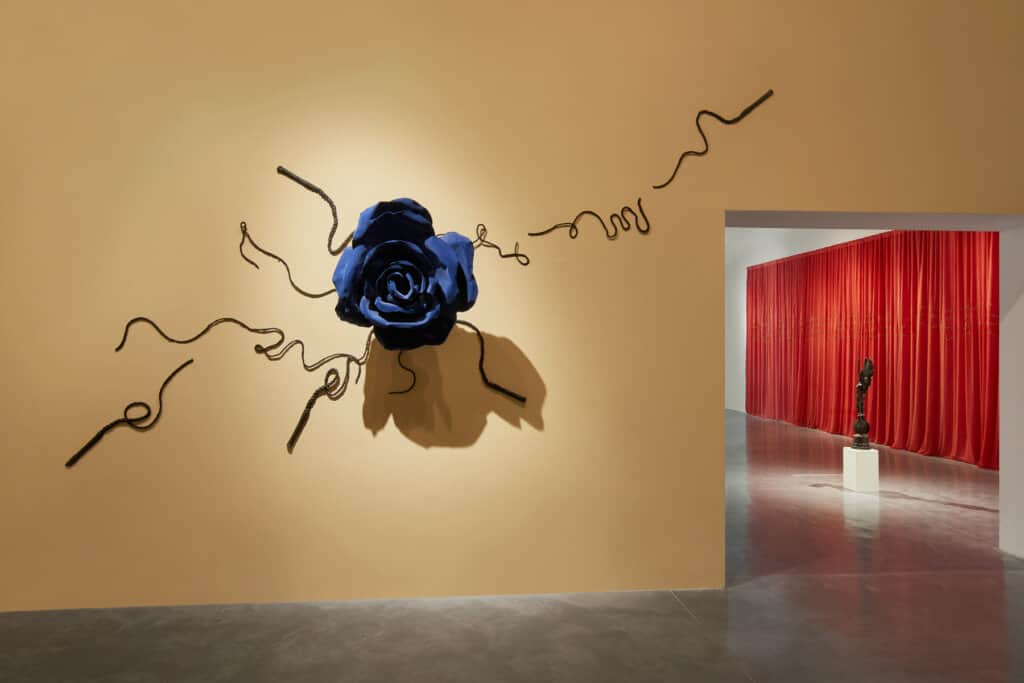
Mind Flickers, the first retrospective dedicated to Motti Mizrachi, one of the most prominent artists in Israel, reviews his prolific practice from the 1970s to the present. The exhibition unfolds Mizrachi’s multidisciplinary, pioneering work in photography and performance, sculpture, video, and installation.
Mizrachi’s early work was innovative in that it brought layers of his world to the fore and echoed religious, Mizrahi, and marginal living environments, which differed considerably from those prevalent in the mainstream art discourse at the time. Its pioneering aspect lay in
providing means and tools with which to convey these worlds. At a time when photography was considered only a service medium, Mizrachi recognized its power to forge complex identities. Turning to photography, he created a staged, performative self-portrait, which stood in its own right as a work of art, giving voice to identities theretofore excluded from
Israeli art. In the 1980s, expanding his interests to space and three-dimensionality, he created innovative sculptural installations in cast polyester. In the 2000s, he continued to innovate with a Yiddish Theater of sculptural installations accompanied by Yiddish singing in his own voice—which marked his return to performance. Mizrachi strives to touch on the
essence of things, creating image combinations that are considered as signs—linguistic milestones or building blocks, that acquire an added meaning in each period.
In his works, Mizrachi emphasizes the body as a common denominator for all human beings, akin to a “truth” conveyed through effort, limpness, or pain, and their iconic representation. At the same time, he creates readymade and sculptural works, illuminated by fluorescent lights whose aura pervades the space. His strikingly beautiful works weave temptation and violence together. They are imbued with self-humor and irony, emphasizing the human body and its flaws. Concealing complex biographical baggage, which concerns the vulnerable body, Mizrahi identity, East and West and their intersections, his works go
beyond the personal, circling into the human, the spiritual, and the political. Emerging from a life force that calls for action, they explore states of oppression and control, as well as social hierarchies concerning strength and weakness.
From the outset of his career Mizrachi has been intrigued by the connection between body and mind, and engaged in body art that touches on the soul and in healing, presenting himself as a hero in his own eyes and as a criminal, as a shaman and as a victim. Whether putting forth a disillusioned critical stance or an acerbic, sarcastic one, his work always keeps a distance of tense contemplation, considering the myths that dominate our lives
and conveying a complex identity. As an image that refuses to be fixed in the pillory of a single meaning—between the kitsch and the aesthetic, the ridiculed and the terrifying, the yearning for total submission and the longing for total freedom—it always contains a temporal dimension, a duration in which everything is constructed and deconstructed
concurrently, open to associations, charging one with energy which invites reflection on the absurdity of our time.
Motti Mizrachi was born in 1946 in Tel Aviv’s Shabazi
neighborhood, and grew up in the Ramat Israel neighborhood.
Between 1970 and 1974 he studied art at the Bezalel Academy of
Arts and Design, Jerusalem, and until the late 1970s he lived and
worked in the city. In 1980 he returned to Tel Aviv, where he has
worked since. Between 1980 and 1987 he taught at the Bezalel
Academy of Arts and Design, Jerusalem; HaMidrasha School of
Art, Ramat Hasharon; Kalisher School of Art, Tel Aviv; Holon
Institute of Technology; and Camera Obscura School of Art,
Tel Aviv, where he also headed the Art Department. In 1980 he
represented Israel at the International Biennale of Young Artists
in Paris, in 1987—at the International Art Biennial, São Paulo, and
in 1988, together with Zadok Ben-David—at the Venice Biennale.
Over the years, Mizrachi has participated, alongside leading
international artists, in group exhibitions around the world, and
in the 2000s he has traveled between them with his Yiddish
Theater. He continues to work non-stop in various media, and
he has even created and produced new works for his current
exhibition at Petach Tikva Museum of Art.
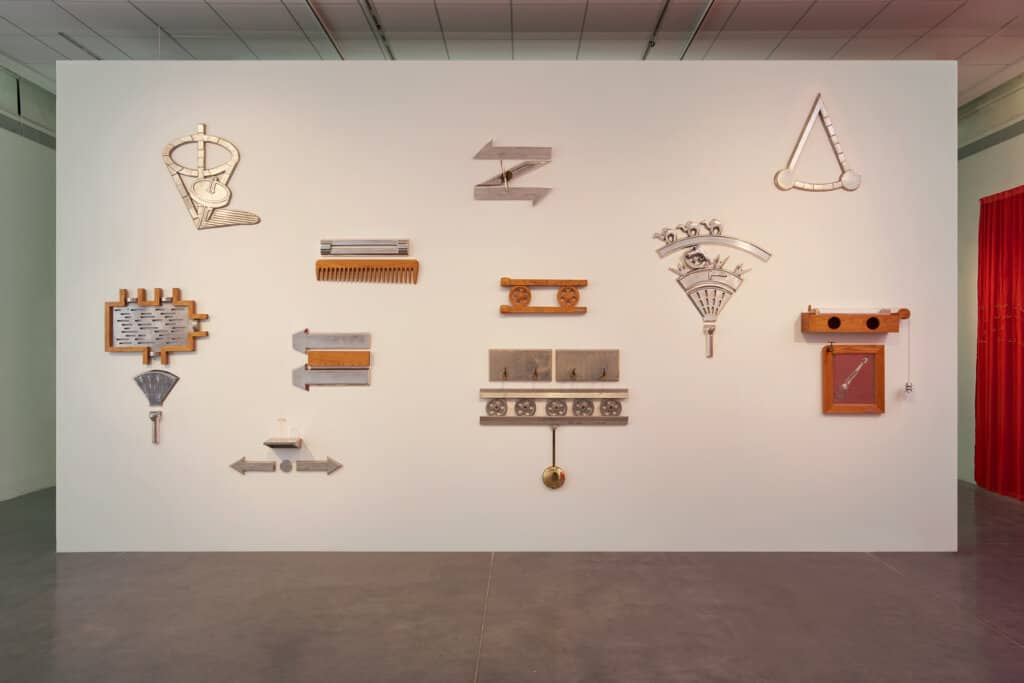
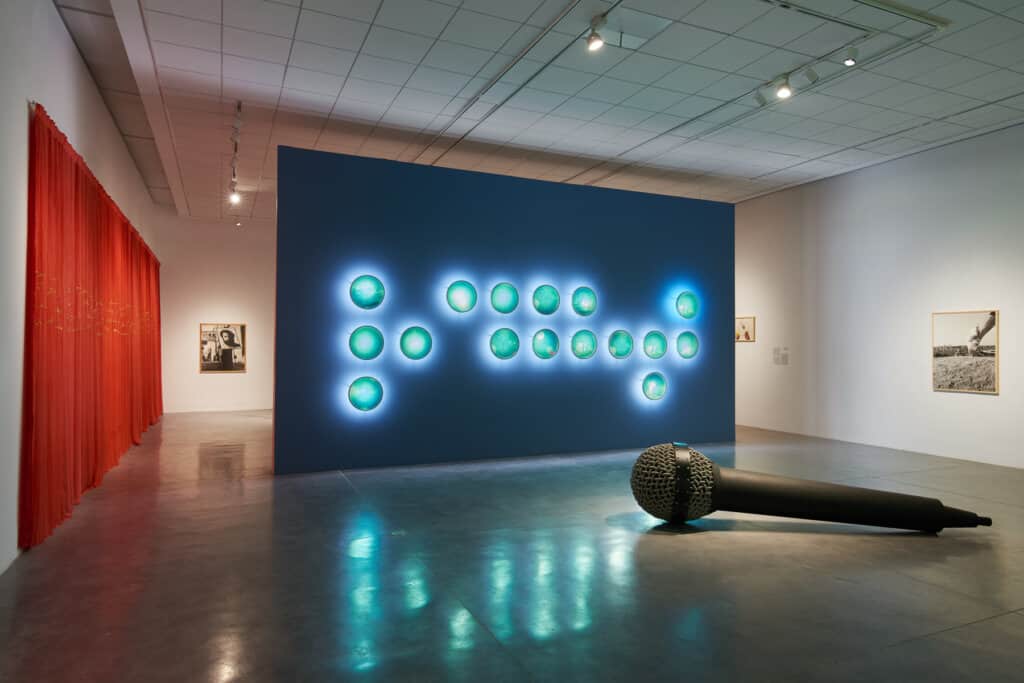
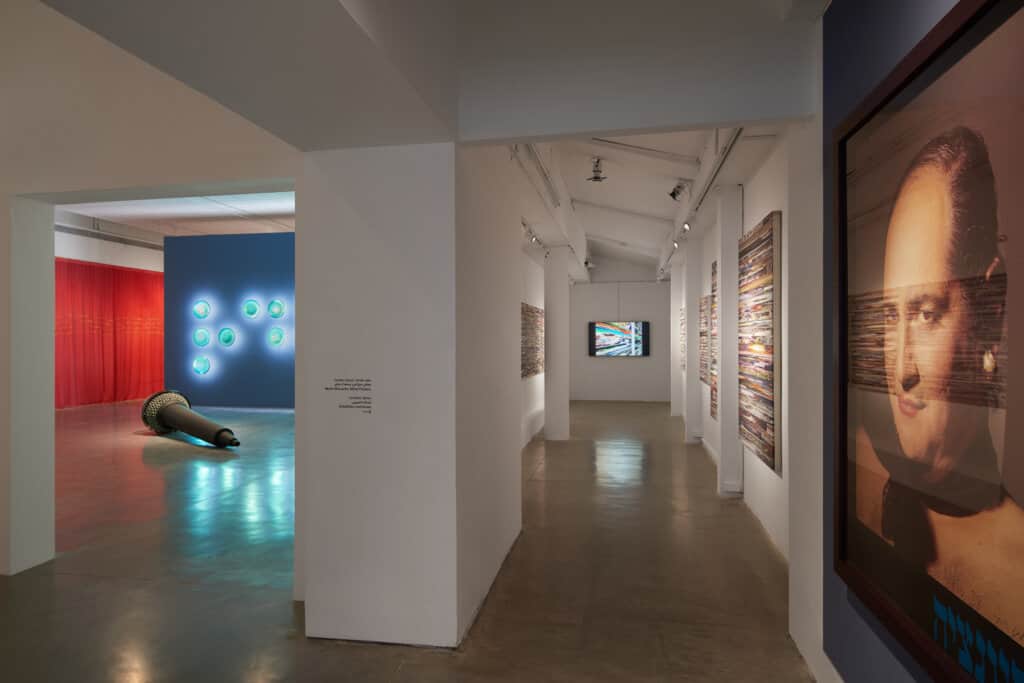
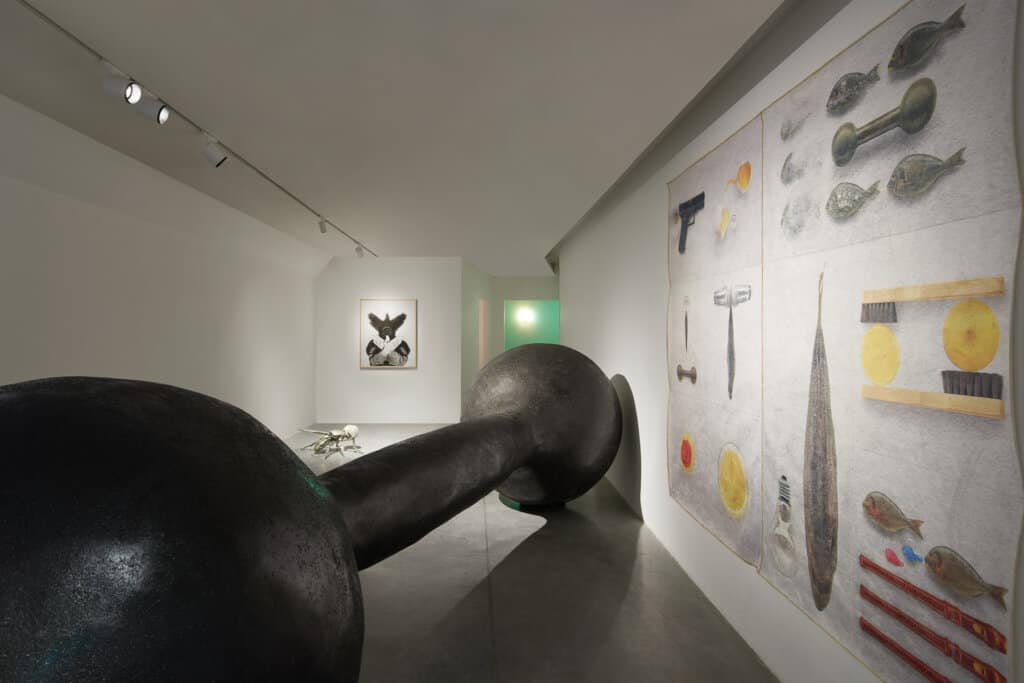
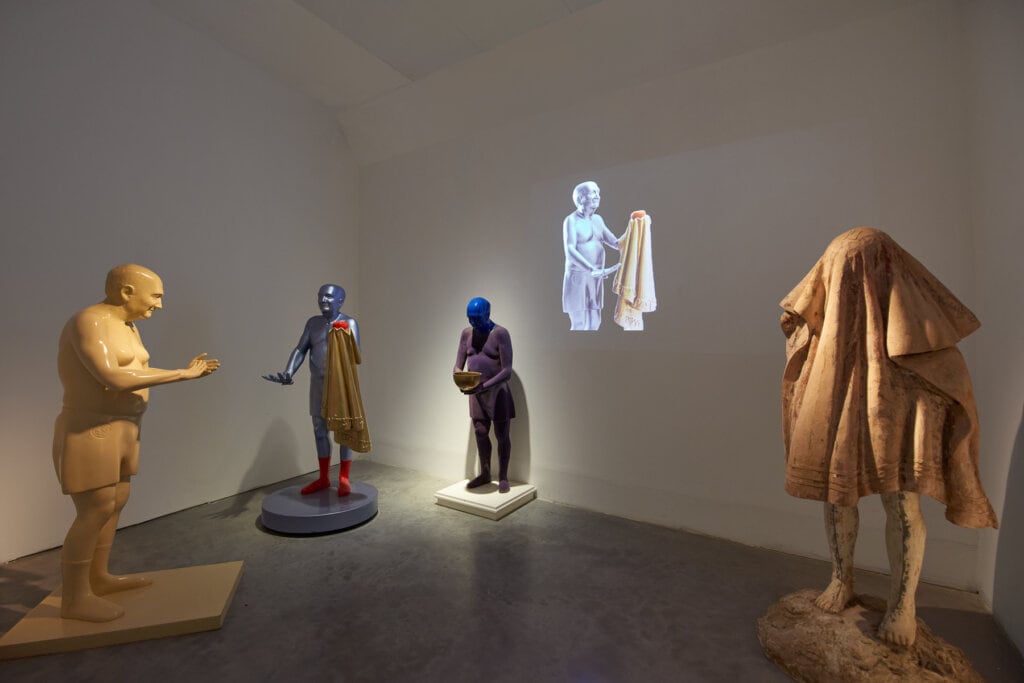
Installation photographs: Youval Hai

